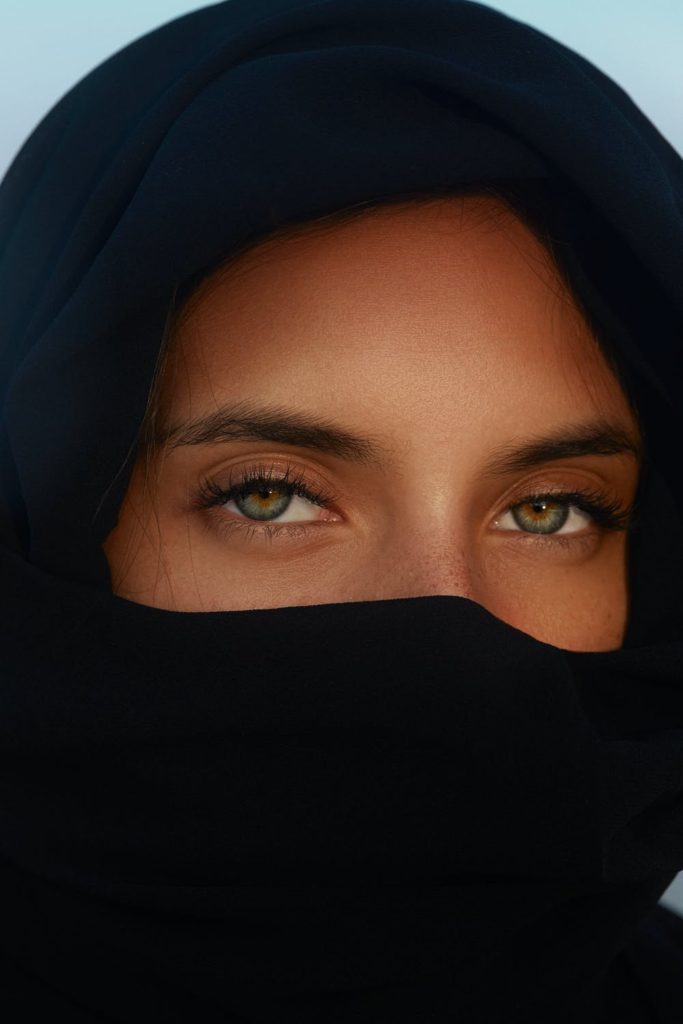*When I write, I merely say what I see. When it comes to them, I see a great deal. What follows is a look through the keyhole of that house which holds many mansions.*
A woman, that shining testament, descends from the firmament revealing herself before the eyes of my world as the first of the last echo, born of the form of all forms. The manifestation of life that follows resulting from the efforts of the Almighty is the reason behind every significance of humankind.
The hands sway and the fingertips quiver when the letters tumble forth, as the words crowd the lips of my mind. With a cadence singular to my haphazard thinking, I hesitantly fling them about to the minds of the eloquent, for it is you who sustain the life of the words themselves. Empty words die a sorrowful death, but mine, regarding these delectable creatures, will wander in the eardrums of hearts eternal.


A paean of my lonely outpost of a soul amidst a flurry of beauty that is divinely inspired flesh of the highest order–that is the set-piece decoration for today’s work. No matter what day I’m having, I find myself ever grateful to wallow in the attendance of their grace, because they come directly from the form of all forms. My only hope is that the words on this paper are permitted to pass through the eyes of their needles.
So many men choose to reach for the unattainable heaven of the atmosphere whilst spending their lives ignoring the greatest monuments to be found amongst us. I’ve never laid on my side counting the stars in the sky. Why would I do such a thing? For the stars walk amongst I, day and night. These stars are not fallen. God, who loves us as only a Father can, took a rib, and created a feast of grandiloquence that exploits any and all boundaries of love, and the limitless capacity for it to stretch its arms around the Universe, to the hardest heart of the coldest man.
That gleam of light that they have reveals itself to me like the unfolding of the Sun from behind its veil. The resultant words that I give birth to, after having witnessed them, leave a vast trail of stretch marks along the ether of my thoughts. In the midst of this whirlwind of an existence, the seeds I have sown have reaped many gifts. But none, are more marvelous than the sight of their outstretched hands through the thickest of shadows in the darkest of dark. At which point, not only can I see that I am not cursed and alone, but that I have been touched and given that sacred armor impervious to the determined designs of all that is wicked.


My only regret is to be so perfectly imperfect, for they deserve so much better. Not only am I ignorant of the letters to arrange to properly honor them accordingly–Were it not for them, I would fall ignorant of everything, for everything is nothing without them. When one speaks, that fortress of trumpets rings out from the vocal cords of my heart yanking me down to bended knee to better pay homage to the frequency of that heavenly siren. Understand that every voice has a frequency and every soul a number–each one of them is individual. With every interaction, the only result expected of me is an outsize undercurrent of love and respect beyond the confines of all those interventions designed to distract one from the purest extraction of the heart of God.


Tumbling down a restless mountain, the scornful offspring of fear, worry, and doubt kneeling before me, I bear witness to a new heaven and a new earth through the glimpse of their glowing hands. Their lips, as still as the sound of the sun when it silently groans during its rise, it is their voice that I seek to hear before they speak.
These words may be mine but they’re from a different place. Regardless of the dimension of time they originate from, the final destination is the same–the hearts and minds of the people, in particular, those that want to acknowledge the origin of their place before the form of all forms. As there is a place, and there is a there, women levitate the nursery of life within their divinely intentioned form.


I’ll never be surprised by what men are capable of achieving–after all, look where we come from. If still my love is, and there it lay, and there be a heart ready to receive, happier still, I will be. Within my soul, there is no deeper life to be found than the ocean of thoughts I swim through, centering on their existence. Never in despair, I labor happily in this journey of mine, for there is no other place I’d rather, for my soul to linger.


In closing, I sleep in silence incensed by the tragedy of my existence, in which I’ve yet to provide a remedy. It is not that I am ignorant, for who can be wise in a world with so much distraction? It is not that I am careless for the destructive things I have done, for who can be good all the time? Kneeling, by the bedside of my thoughts is that despite all my words, I gaze still into a Black Sea, for I know so little about them.
Nonetheless, the uncertainty of it all, having fled like the letters upon this paper, I gaze upon the stars and the sun and wonder still, how men are lucky enough, and blessed enough, to daily, witness the brightness of their coming and going. As the stems of grass sway upon ribbons of light that shine down upon them, from the seat of life, I too, hear them sing, and come to see all that is just, in a world that would be low and unbending, were it not for the life of life.


–Daniel Cousin
Do you like this post? Do you want more like this? Comment and subscribe to my blog. Feel free to let me know what you think. Also, you can reach out to me on the links below as follows:
E-Mail: daniel@danielcousin.com
